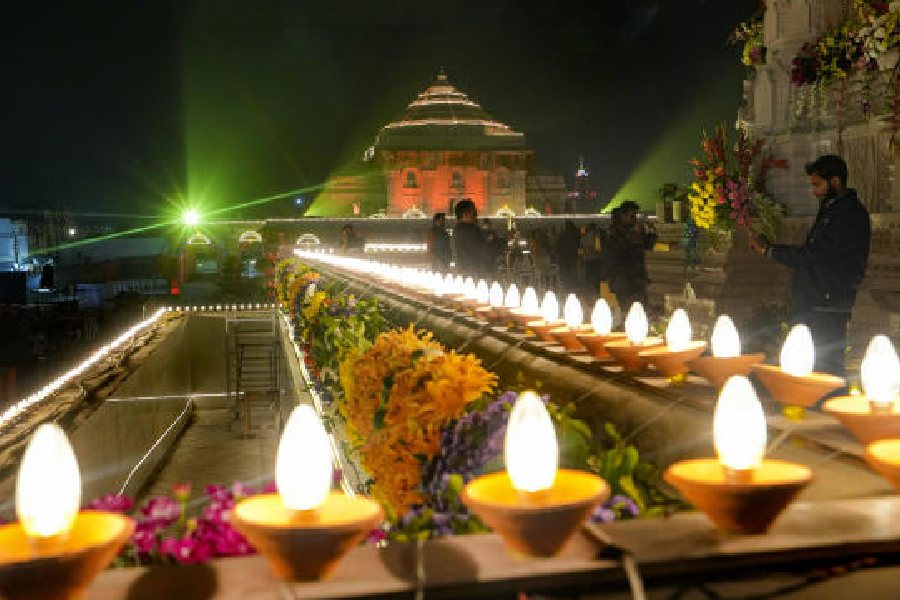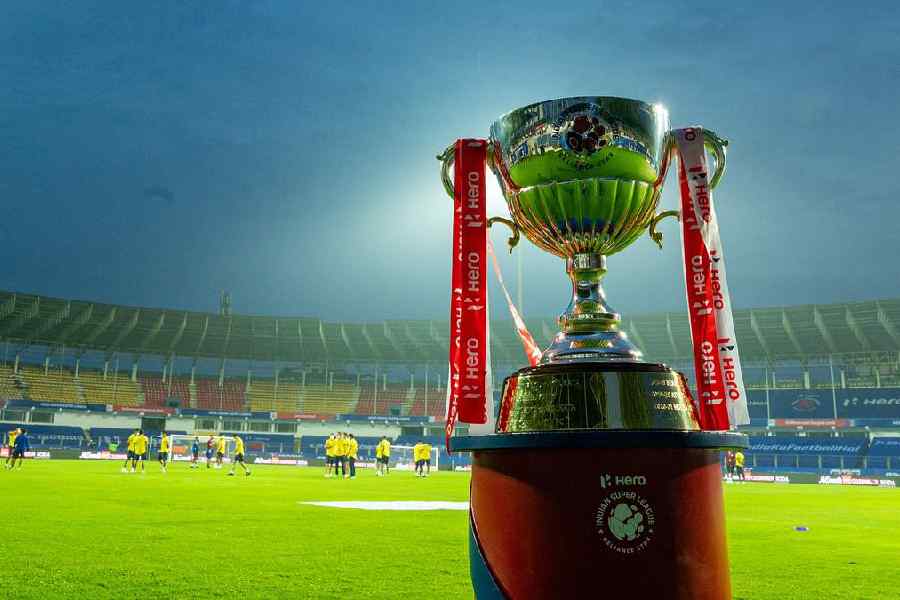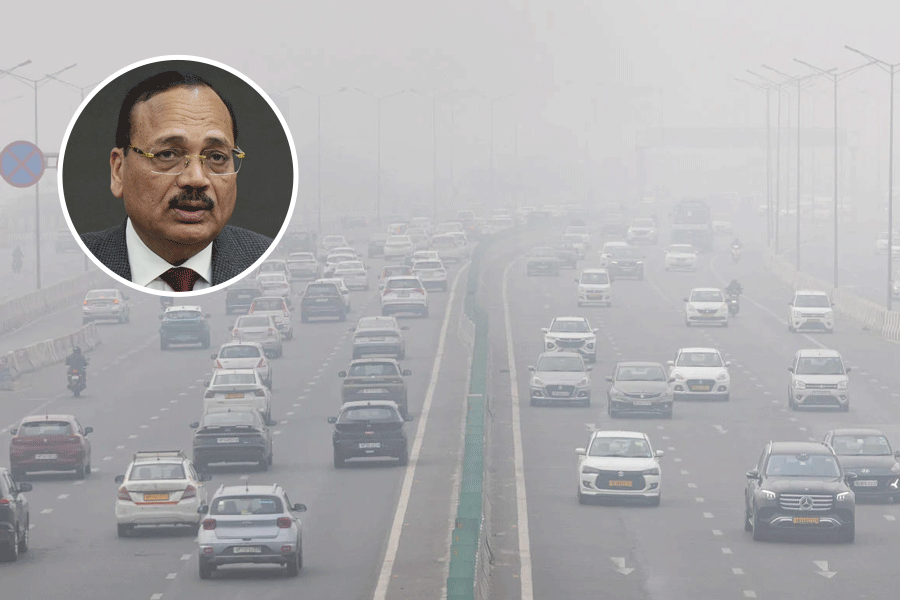The saffron ecosystem plans to optimally utilise Ram Navami in poll season, with events planned at 5,000-odd locations across Bengal between April 9 and 17 to milk the political opportunity from Narendra Modi’s January 22 consecration of the Ram temple in Ayodhya.
Sangh Parivar affiliate Vishva Hindu Parishad (VHP), tasked with conducting the events, plans to follow them up with Hanuman Jayanti celebrations around April 23-24. Bengal goes to polls, along with the rest of the nation, from April 19.
“In every prakhanda (block) there will be Ram Navami celebrations. Saffron flags will be hoisted at homes and temples as part of the Ram mahotsav. Religious processions will be taken out in rural and urban hubs alike,” said Sachindranath Singha, the VHP’s national assistant secretary and its Bengal minder.
Ram Navami is believed to mark the birth of Ram, deemed by some sections of Hindus to be a major deity as the seventh avatar of Vishnu.
“In between, there are occasions such as Annapurna Puja (April 16-17) and Poila Boishakh (April 15), and we will take part in those too,” he added. “This year, we hope to take out at least 5,000 Ram Navami processions in Bengal. Last year, for Hanuman Jayanti, we brought out more than 500 processions in Calcutta alone, and this year the number too will increase.”
Before the recent saffron surge in Bengal politics, neither occasion was observed widely by Bengali Hindus. Most Bengali Hindus worship various forms of the mother goddess, such as Durga and Kali, or Vishnu’s eighth avatar, Krishna. Ram and his foremost devotee Hanuman have traditionally been less popular in the state.
It is one of the main reasons why the Sangh Parivar found it difficult to make decisive inroads with the saffron thrust of Ram and Hindi-Hindu-Hindustan among the Hindus in this state with a pluralist ethos.
While the BJP does not officially organise any Ram Navami event, its state leaders actively participate in the celebrations.
Since the former Bengal BJP president Dilip Ghosh thrust the celebrations as a major occasion upon the state in 2018, clashes during Ram Navami have happened.
Belligerent provocations around Ram Navami or Hanuman Jayanti rallies have led to tension in certain pockets of the state.
The NIA has made 27 arrests, with judicial clearance, of instances of violence around Ram Navami processions in Bengal last year in Howrah and Hooghly. Pockets of Asansol saw communal violence during Ram Navami in 2018, in which two lives were lost.
Chief minister Mamata Banerjee has attacked the saffron ecosystem for its "role" on such days, alleging provocateurs are brought in from outside Bengal to disrupt peace for political gains. Last year, she said the police administration had not permitted saffron rallies in pockets that saw communal tension.
State BJP leaders officially deny any link between Ram Navami and poll politics. A BJP leader said they were unsure if the Election Commission of India would allow political leaders in Ram Navami processions in Alipurduar, Cooch Behar and Jalpaiguri that vote on April 19. "If we are allowed, we will go,” he said.










